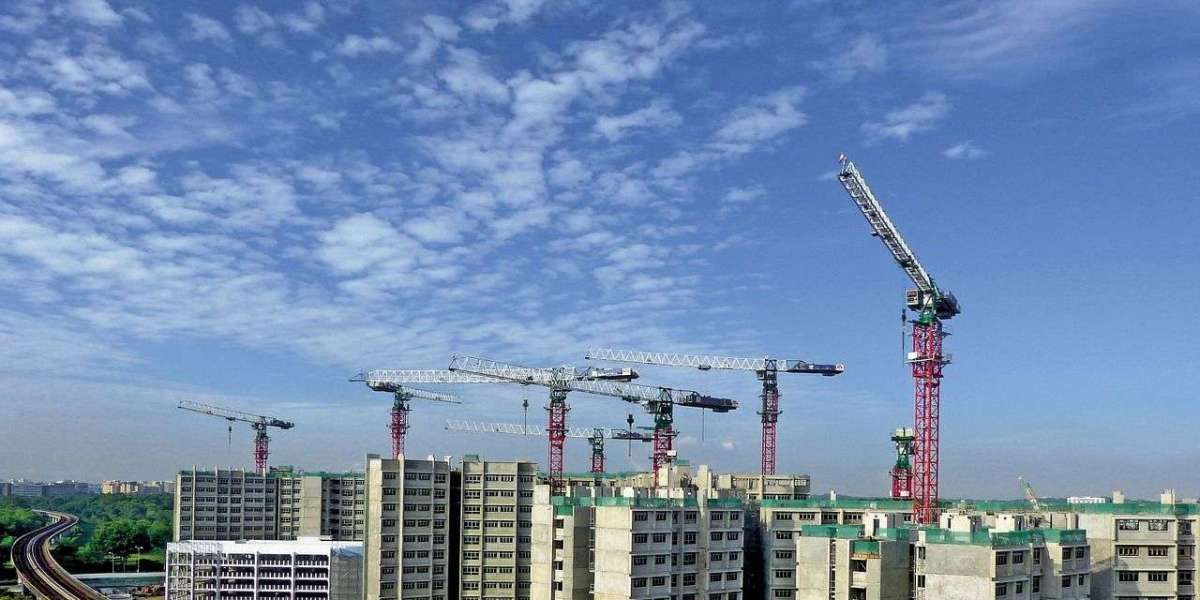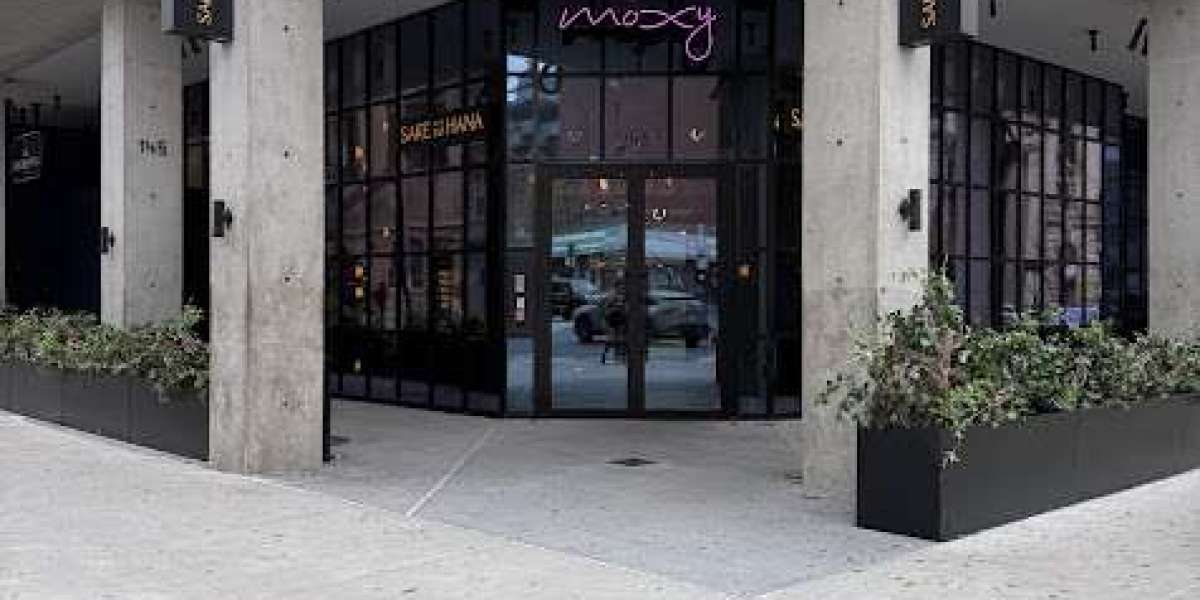Building Precision: Leading Cleanroom Facilities Builders in Singapore
Introduction: The Growing Demand for Cleanroom Facilities in Singapore
Singapore has long been a hub for high-tech industries, from biotechnology and pharmaceuticals to semiconductors and aerospace. These sectors require an ultra-controlled environment where even microscopic particles can cause product failures. That’s where cleanrooms come in — meticulously engineered spaces designed to maintain strict contamination control.
As demand for semiconductors, medical technology, and high-precision manufacturing grows, cleanroom construction has become a vital industry in itself. In this blog, we explore the cleanroom building landscape in Singapore, highlighting key players, construction challenges, regulatory standards, and why businesses are turning to specialised builders for this critical infrastructure.
What is a Cleanroom?
A cleanroom is a controlled environment with extremely low levels of pollutants such as dust, airborne microbes, aerosol particles, and chemical vapours. Cleanrooms are classified by the number of particles per cubic meter, as outlined by international standards such as ISO 14644-1.
Key features of cleanrooms include:
HEPA or ULPA filtration systems
Strict temperature and humidity control
Airlocks and gowning rooms
Seamless walls, ceilings, and floors for easy sanitation
Constant airflow and pressure differentials
Cleanrooms are vital in industries where product integrity depends on contamination-free environments, such as:
Pharmaceutical manufacturing
Electronics and semiconductor fabrication
Aerospace component assembly
Medical device production
Life sciences R&D
Why Singapore?
Singapore’s strategic location, stable governance, strong IP protection, and robust regulatory environment make it a preferred destination for regional headquarters, research labs, and manufacturing plants. With government support through initiatives like the Research, Innovation and Enterprise (RIE) 2025 plan and the Biomedical Sciences Industry Transformation Map, the country has seen a surge in cleanroom facility demand.
Cleanroom construction in Singapore is further driven by:
Advanced semiconductor fabs from companies like GlobalFoundries and Micron
Biotech hubs such as Tuas Biomedical Park and Biopolis
Pharma giants like Pfizer, Novartis, and GSK expanding regional operations
Top Cleanroom Builders in Singapore
1. Woh Hup (Private) Limited
A renowned name in Singapore’s construction sector, Woh Hup has been involved in complex facility projects including hospitals, laboratories, and cleanrooms. Their Design & Build capabilities are supported by in-house M&E expertise, ensuring seamless integration of cleanroom systems.
2. Sembcorp Design and Construction
Sembcorp has executed several large-scale cleanroom and high-tech manufacturing facilities. Their strengths lie in project management, value engineering, and adherence to BCA Green Mark standards, which is critical in achieving both functionality and sustainability.
3. Kong Hwee Iron Works & Construction
Specialising in cleanroom envelope construction, Kong Hwee delivers modular panel systems, flush finishes, and advanced architectural finishes. Their solutions are widely used in wafer fabs and electronics assembly plants.
4. Meisei International
A Japan-based company with a Singapore office, Meisei International is recognised for precision-engineered cleanrooms in pharmaceutical and electronics sectors. Their turnkey services span from conceptual design to commissioning.
5. Progressive Builders Pte Ltd
This firm has worked extensively in the biomedical and pharmaceutical industries. Known for its technical construction knowledge, Progressive Builders ensures compliance with GMP and ISO Class 5 to 9 standards.
6. SP Group / Singapore Power
While not a builder per se, SP Group is often involved in integrated infrastructure projects that support cleanroom utilities, such as HVAC, compressed air, deionised water, and waste management.
Cleanroom Construction Process: Key Phases
Building a cleanroom is a specialised process that includes the following stages:
1. Needs Assessment
Identify cleanroom classification (e.g., ISO Class 5 or 7)
Define contamination control requirements
Assess HVAC and pressurisation needs
Determine industry-specific regulatory standards (e.g., GMP, FDA)
2. Design and Engineering
Architectural layout with minimal ledges and dust traps
Integration of M&E systems (clean utilities, power backup)
Material selection for walls, ceilings, and flooring
Simulation of airflow and contamination risk
3. Construction and Fit-Out
Modular panel installation
Air handling units and HEPA filters
Flooring (e.g., vinyl, epoxy, conductive tiles)
Gowning rooms, pass-through chambers, air showers
4. Testing, Commissioning, and Certification
Particle count validation
Air velocity and airflow pattern testing
HEPA filter integrity check
Pressure differential monitoring
Compliance with ISO, EU GMP, or other global standards
Regulatory and Compliance Considerations in Singapore
Singapore cleanroom facilities must adhere to both international and local regulatory frameworks. These include:
ISO 14644-1 and ISO 14644-2 for cleanroom classifications and monitoring
GMP (Good Manufacturing Practice) for pharma applications
BCA Building Control Act for construction permits
NEA and MOM regulations for environmental and worker safety
HSA (Health Sciences Authority) guidelines for labs and biotech facilities
Builders must also consider fire safety certification, SCDF requirements, and Workplace Safety and Health (WSH) regulations, which are strictly enforced in Singapore.
Key Considerations When Choosing a Cleanroom Builder
When selecting a cleanroom construction partner in Singapore, businesses should evaluate:
1. Technical Expertise
Does the builder understand cleanroom airflow design, contamination control, and clean utility installation?
2. Track Record
Has the company delivered cleanrooms for similar industry applications (e.g., biotech vs electronics)?
3. Regulatory Familiarity
Is the builder well-versed in ISO, GMP, FDA, or EMA compliance?
4. Project Management Capabilities
Can the builder manage end-to-end timelines, procurement, and subcontractors efficiently?
5. Sustainability Integration
Do they offer energy-efficient cleanroom solutions (e.g., variable airflow, heat recovery systems)?
Trends in Cleanroom Construction in Singapore
1. Modular Cleanrooms
Pre-fabricated and modular cleanroom systems are gaining popularity due to reduced construction timelines, lower costs, and scalability.
2. Green and Energy-Efficient Cleanrooms
Builders are focusing on energy recovery systems, LED lighting, and advanced HVAC designs to meet BCA Green Mark certification and ESG goals.
3. Smart Facility Integration
IoT sensors, predictive maintenance, and automated control systems are being embedded into cleanroom environments to ensure real-time monitoring and optimisation.
4. Dual-Use Cleanrooms
Some facilities are being built with flexibility in mind — designed to handle multiple types of product manufacturing or rapid reconfiguration during health crises, such as vaccine production surges.
Case Study: Cleanroom Construction at Tuas Biomedical Park
Several global pharma companies have set up operations at Tuas Biomedical Park, with cleanroom facilities designed for drug formulation, filling, and packaging. Cleanroom builders working on these projects needed to deliver:
Class 100 to Class 10,000 environments
21 CFR Part 11 compliance
Cold chain integration
Barrier isolators and restricted access barriers
Companies like PM Group, Jacobs, and Woh Hup have played a pivotal role in executing these complex cleanroom setups.
Conclusion: Building for Precision, Partnering for Growth
Cleanrooms are no longer niche infrastructure; they are now foundational to Singapore’s ambitions in biotech, advanced manufacturing, and digital innovation. The ability to construct cleanroom environments that are reliable, compliant, and efficient is critical — and only builders with deep expertise and proven execution can deliver to such high standards.



